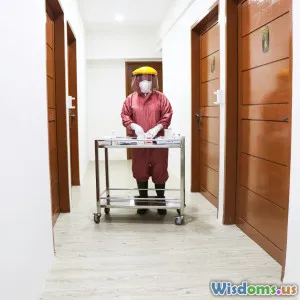
Occupational Health Risks Most People Ignore at Work
18 min read Explore overlooked occupational health risks and discover strategies for safer, healthier workplaces. (0 Reviews)
Occupitional Health Risks Most People Ignore at Work
Most of us spend at least a third of our lives at our workplaces. Yet, hidden among our routines are occupational health risks so subtle and commonplace, we often brush them aside—until they start to undermine our well-being and productivity. While slipping on a wet floor may seem like the obvious danger, the less flashy risks can be even more damaging over time. Let's shine a light on these often-overlooked perils and explore actionable ways to safeguard your health, no matter where you work.
Sedentary Lifestyles: The Silent Office Threat

Many modern jobs tether us to screens and chairs for hours on end. While this may seem harmless, the World Health Organization names physical inactivity as one of the leading risk factors for global mortality. Studies have consistently found strong links between prolonged sitting and cardiovascular disease, diabetes, obesity, and even some cancers.
Take for instance a study published in the Annals of Internal Medicine, which found that regardless of how much people exercised, sitting for long, uninterrupted periods increased early death risk by up to 40%. What makes this risk particularly nefarious is its subtlety—working late at your desk feels productive, but few realize their level of inactivity until pain or illness strike.
How to Counter It
- Set reminders to stand up: Use smartphone alarms or apps like Stand Up! to prompt movement every 30 minutes.
- Adopt a standing desk: Alternating between sitting and standing can halve sedentary time.
- Move during meetings: Propose walking meetings or stretch during virtual calls.
- Simple stretches: Toe touches, torso twists, or wrist stretches combat stiffness.
One Fortune 500 company reported a 32% reduction in musculoskeletal complaints after investing in standing desk setups and ergonomic awareness campaigns. Even brief, regular breaks add up, both in productivity and health.
Poor Indoor Air Quality: The Invisible Enemy

Although often associated with heavy industry or laboratories, poor air quality plagues office environments and retail spaces, too. The seasonal use of heating or air conditioning can circulate dust, mold spores, and volatile organic compounds (VOCs). Meanwhile, copy machines, cleaning products, or new furniture may emit ozone and chemical vapors.
If you’re one of the 30% of office workers who suffer from “sick building syndrome” — a recognized cluster of symptoms including headaches, fatigue, and irritated airways — you’ve likely experienced firsthand how subtle air pollution can diminish wellbeing.
How to Mitigate Hazardous Air
- Encourage plant life: Spider plants, ferns, and pothos purify toxins.*
- Report water leaks promptly: Mold can colonize wet surfaces within 24–48 hours.
- Advocate regular HVAC maintenance: Annual cleaning drastically reduces airborne irritants.
- Use VOC-free office supplies: Choose water-based markers and low-odor cleaners.
A Harvard study found workers exposed to high ventilation rates and low indoor pollutants scored 61% higher in cognitive function tests—proof positive your environment impacts your work.
Eye Strain and Screen Fatigue: The Digital Age Affliction
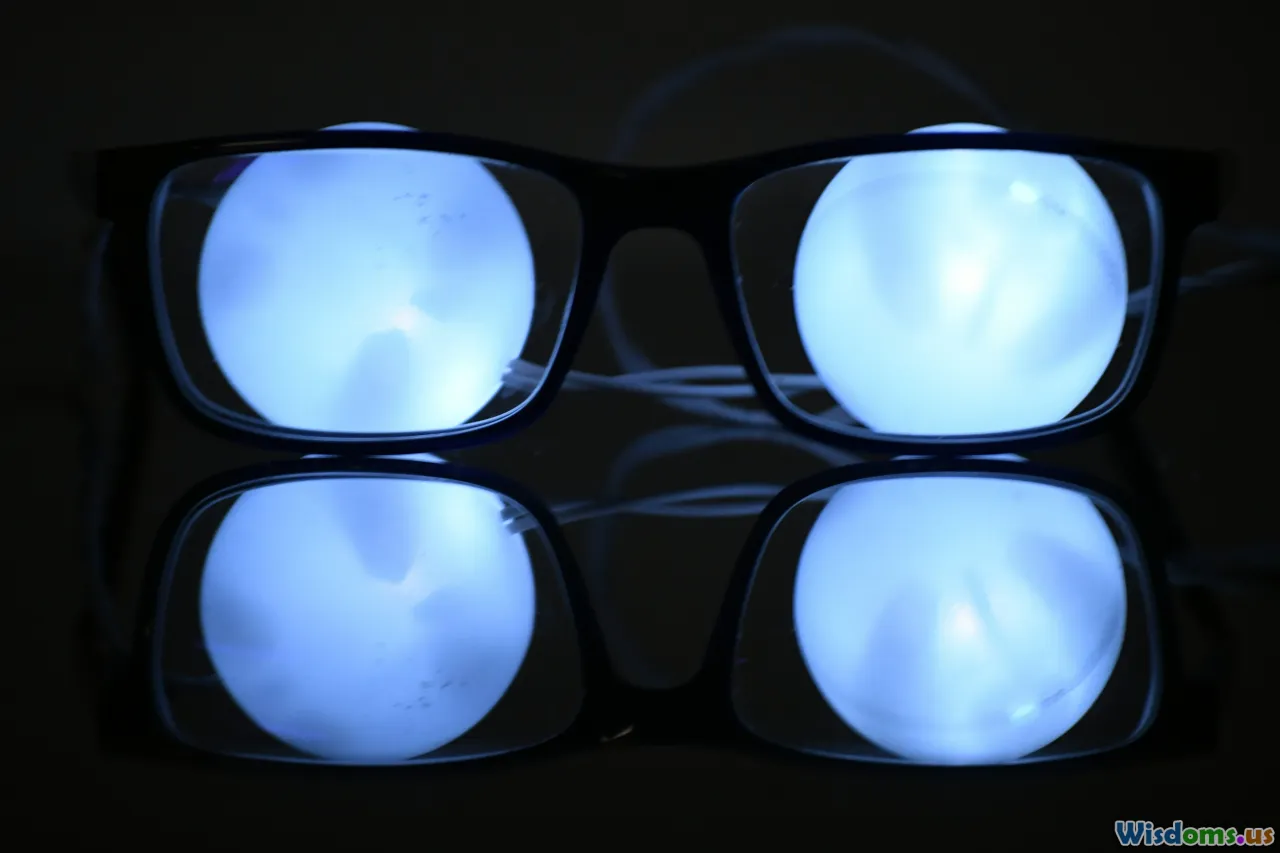
Digital screens are unavoidable for most professions, yet the hazards they pose are rarely voiced. “Computer Vision Syndrome,” encompassing eyestrain, blurred vision, and dry eyes, affects over 60 million people, according to the Vision Council.
These issues compound with blue light exposure, which can suppress melatonin and disrupt sleep patterns. Even children in virtual learning environments are at risk. While glasses labeled “blue light blocking” are trending, the evidence is mixed. Experts recommend focusing on frequent breaks and workspace tweaks.
Protecting Your Eyes
- Practice the 20-20-20 rule: Every 20 minutes, look 20 feet away for 20 seconds.
- Adjust monitor position: The top should be at or slightly below eye level, 20–28 inches away.
- Tune your display: Reduce glare using matte screens or blinds; increase contrast and font size.
- Hydrate and blink often: Keep artificial tears on hand if necessary.
Organizations like Apple and Google now include regular vision ergonomics in employee training, reducing vision-related complaints by as much as 35% in pilot studies.
Noise Pollution: The Forgotten Stressor

It might just sound like background chatter, copiers, or distant traffic, but chronic noise is a health hazard often overlooked outside industrial settings. The World Health Organization reports prolonged exposure to noise levels above 55 decibels can elevate stress hormones, trigger headaches, and, over time, even increase the risk of heart disease.
The trend toward open-plan offices compounds this risk. One 2018 study found workers in open-plan environments had 62% more sick days and a 23% higher risk of stress-related illness than those in private or quiet team rooms.
Practical Sound Solutions
- Noise-cancelling headphones: Choose styles that balance sound isolation and comfort for prolonged use.
- Sound masking machines: Ambient "white noise" can cover intrusive sounds.
- Flexible workspaces: Rotate between private and collaborative zones.
- Quiet meetings: Instill a culture of observing silence during breaks or focus times.
For customer-facing roles, even providing options for breakroom quiet time can curb the dangers of accumulated noise stress.
Repetitive Strain Injuries (RSIs): Micro-movements, Macro-Impact
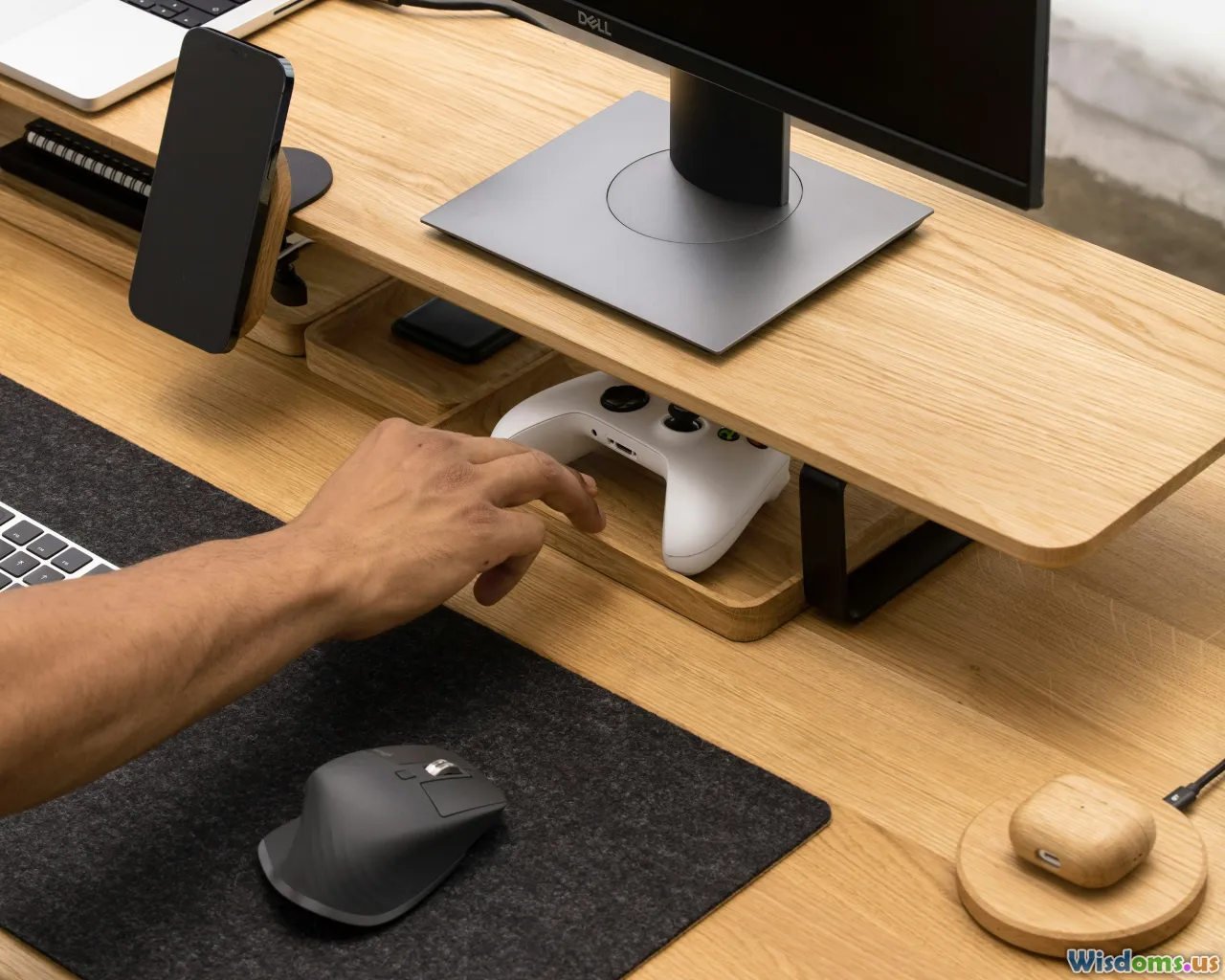
Tiny, repetitive movements—typing, mouse clicks, scanning barcodes—can trigger injuries over time. RSIs like carpal tunnel syndrome, tendinitis, and bursitis accounted for nearly one-third of U.S. workplace injuries requiring missed work in 2021, per Department of Labor statistics.
Such injuries often begin with mild twinges, such as forearm tightness or tingling fingers, which are easy to dismiss. Over months or years, these small signals snowball, leading to lost workdays or even surgery.
Prevention Tactics
- Proper workstation setup: Arms at 90-degree angles, wrists straight, and monitor at comfortable eye height.
- Switch tasks: Rotate daily duties or alternate hands when possible.
- Ergonomic peripherals: Split keyboards, vertical mice, or wrist rests make a difference.
- Spot warning signs: Early numbness or pain signals—don’t ignore them. Seek ergonomic assessment if available.
A global tech firm saw RSI worker compensation claims drop by 40% after mandatory break and ergonomics education programs for all employees, highlighting just how addressable these injuries can be.
Workplace Mental Health: The Unseen Burden
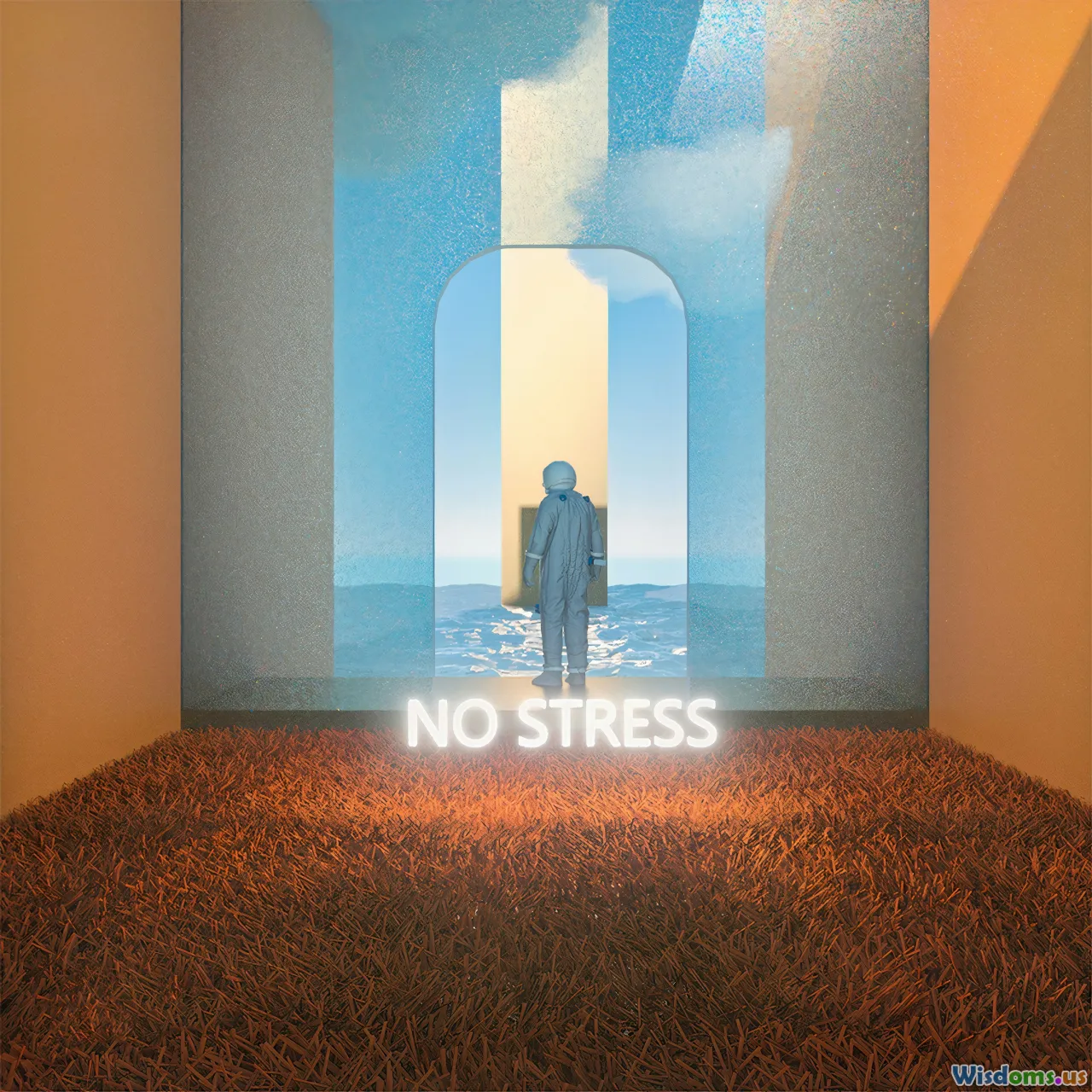
Psychological hazards remain some of the hardest to discuss and address. The American Psychological Association found that 79% of employees feel work-related stress, but only 1 in 5 rate their companies' mental health support as adequate. Internalized stress can lead to burnout, anxiety, depression, and long-term health problems.
Consider sectors like law, healthcare, and tech, notorious for chronic overtime, deadline pressures, and "always-on" culture. Employees can internalize strain for years, with absenteeism or even workplace violence as late-stage symptoms.
Building a Healthier Mental Space
- Promote open dialogue: Normalize mental health check-ins and non-punitive sick leave.
- Offer mindfulness or counseling programs: Subsidize meditation apps or Employee Assistance Programs (EAPs).
- Encourage true breaks: Lunch away from desks, disconnected from work tech. Studies show real breaks boost mood and creative thinking.
- Training for leadership: Managers trained in mental health recognition and response can detect early warning signs.
A UK insurance firm implemented "mental health first aiders"—peer-trained staff for support—and saw staff retention improve by 12% over two years.
Outdated or Mismatched PPE Practices
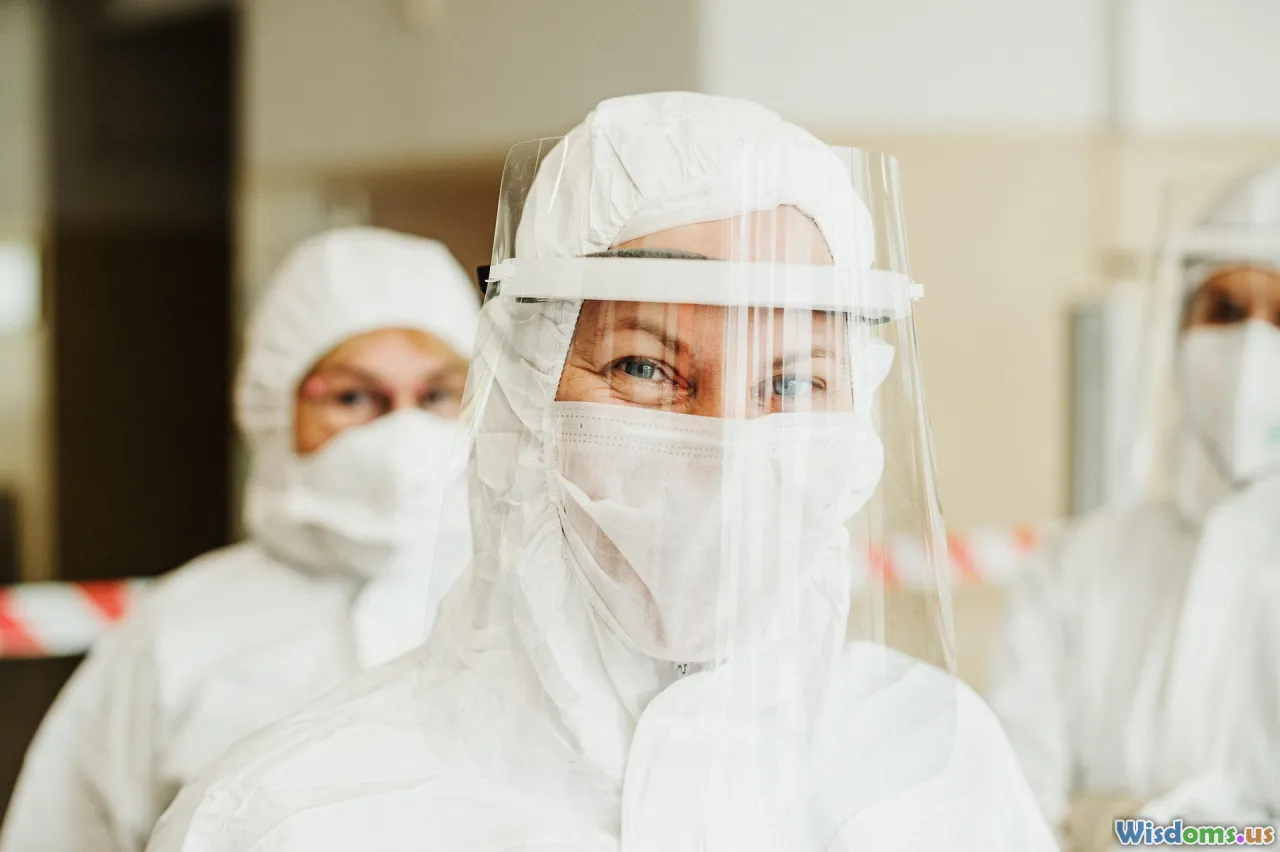
Many assume PPE (personal protective equipment) concerns only hospitals, factories or construction, but even office and retail employees rely on adequate gear. Incorrect sizing, skimping on routine safety checks, or lack of training can turn essential protection into a liability.
In offices, PPE might mean proper masks during cold seasons or gloves for cleaning tasks. Retail staff handling heavy boxes, repetitive lifting, or chemicals also need the right tools. Failing to enforce or update PPE policies, as the COVID-19 era made clear, increases injury and illness risk for entire teams.
PPE Best Practices
- Regular training: Update all employees annually on proper gear use—even for "common-sense" equipment.
- Feedback channels: Employees should report ill-fitting or unsuitable gear without fear of penalty.
- Monitor supply chains: Ensure reliable PPE stocks, especially during high-demand periods (e.g., flu season).
- Periodic assessment: Re-assess policies for relevance, especially after industry or regulatory changes.
A U.S. hospital network slashed dermatitis and respiratory infection rates by over half after revamping PPE protocols and launching new employee training modules.
Workplace Lighting: More Than Meets the Eye
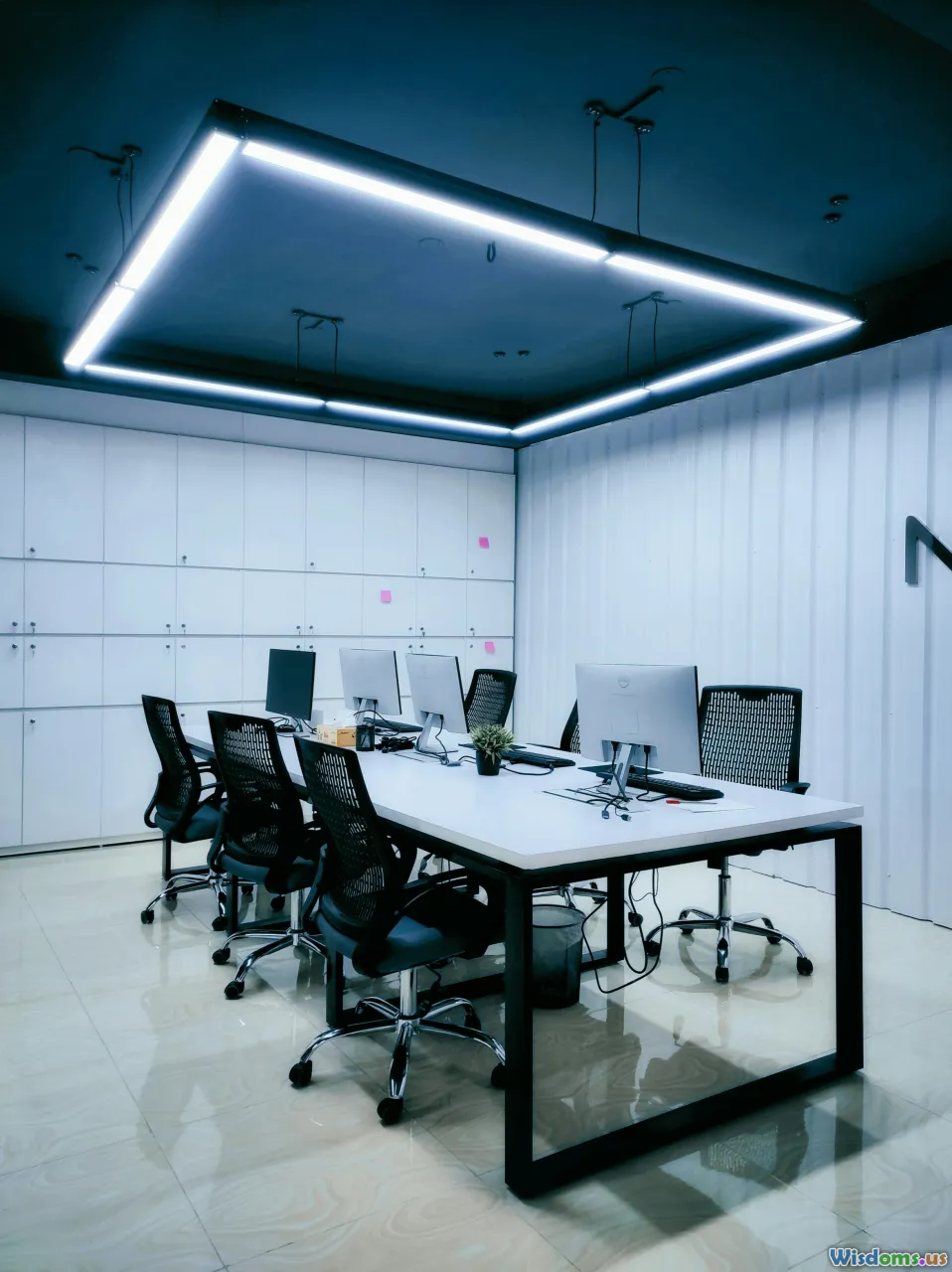
Workspace lighting shapes much more than we realize. Insufficient lighting can trigger headaches, eye strain, and insomnia. Excessively harsh or flickering fluorescent bulbs are particularly common offenders, and poorly lit environments raise accident risk—even in a cubicle.
Natural daylight exposure is tied to circadian rhythms, hormonal balance, and mood. In one Cornell University study, workers in naturally lit spaces reported 51% reduction in eyestrain and a 63% drop in headaches, compared with those under artificial lights.
Bring Light to Your Workday
- Maximize natural light: Arrange desks near windows when possible. Use sheer blinds to diffuse glare but avoid blocking daylight.
- Opt for full-spectrum LEDs: These best mimic daylight without flicker or color distortion.
- Adjust personal lighting: Task lamps can be repositioned for reading or keyboard work.
- Take daylight breaks: Even a five-minute stroll outside can reset your biological clock and boost focus.
Facility managers are now redesigning offices with light in mind, using translucent walls or skylights to bring brightness deep into workspaces.
Chemical Exposure in Unexpected Places

You don’t need to work with acids or pesticides to be at risk from chemical hazards. Routine products such as printer inks, correction fluids, adhesives, and some cleaning sprays can all off-gas harmful compounds. Synthetic fragrances in air fresheners and formaldehyde from new furniture are also common irritants.
The presence of these substances isn’t always obvious, but signs like headaches, skin irritation, or unexplained allergies are potential indicators. Individual sensitivity varies, making it all the more critical to minimize exposure for everyone.
Smart Chemistry at Work
- Choose fragrance-free supplies: Especially air fresheners, cleaning agents, and soaps.
- Ventilate after renovations: Paints, carpets, and glues can off-gas for days or weeks.
- Eco-friendly labels: Seek out certified green cleaning and office products.
- Promptly report symptoms: Unusual odors, eye teary-ness, or rashes need addressing.
Facilities adopting green cleaning protocols have found staff sick days declining nearly 13%, and overall indoor air quality dramatically improved.
Working Remotely: Home Office Hazards

Remote and hybrid work has exploded in recent years, but home offices often lack the ergonomic scrutiny of a corporate HQ. Improvised desks—like kitchen tables or sofas—invite back, neck, and wrist problems. Inefficient boundaries between work and home life can foster mental strain and burnout.
Working from home also removes incidental movement—walking to meetings or the breakroom—replacing it with hours of near-total stillness.
Home Office Well-being Tips
- Add ergonomic touches: Invest in a supportive chair, adjustable monitor, and a separate keyboard/mouse setup.
- Enforce boundaries: Designate specific times—and locations—for work and rest.
- Schedule "walks": Consider a brisk walk around the block as a binary between work and family time.
- Prioritize connectivity: Regular virtual check-ins with supervisors and colleagues support mental health.
A 2022 remote work study found workers with ergonomic home setups were 48% less likely to report musculoskeletal pain.
Building Your Personal Workplace Safety Toolkit
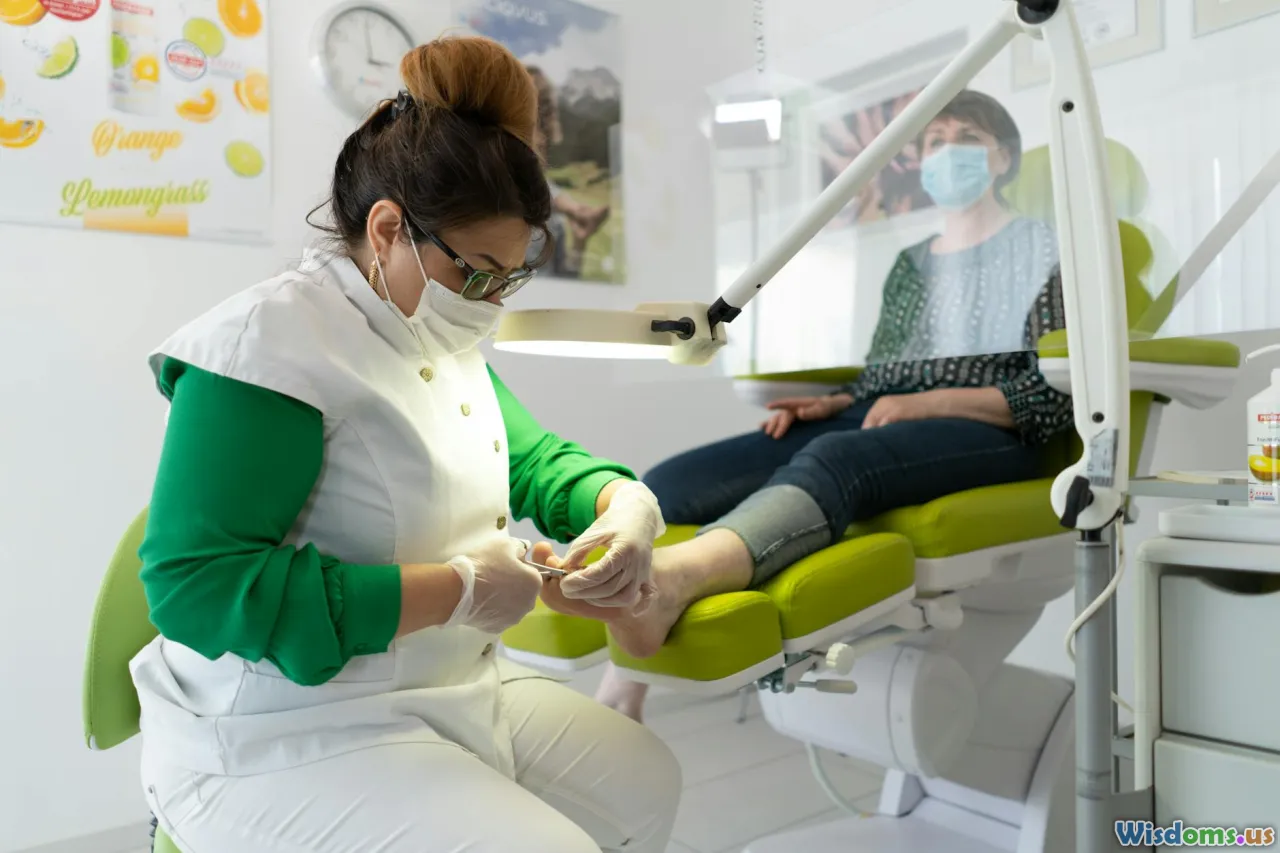
Whether you punch a timecard, log into Zoom, or juggle field work, owning your occupational well-being pays dividends. Sometimes, all it takes is small manageable shifts: standing while taking calls, adjusting your chair, or walking outside for lunch. Advocate for workplace changes where you can, and never ignore small warning signs thinking "it can’t happen to me."
Remember, employers are legally and ethically obligated to cultivate safer, healthier spaces. However, your vigilance and advocacy for yourself and coworkers magnifies these efforts. Honoring both your body and mind as essential work resources may well be the smartest, most sustainable career investment you'll ever make.
Rate the Post
User Reviews
Other posts in Work, Labor & Economy
Popular Posts
















